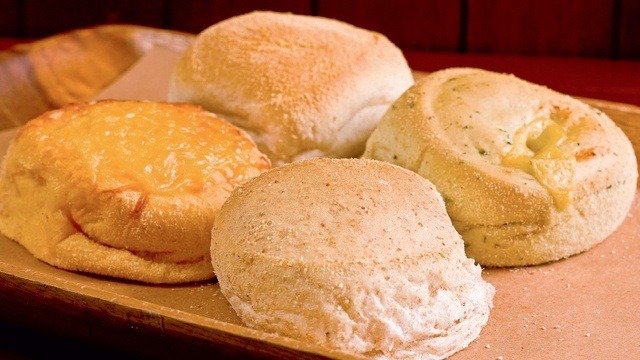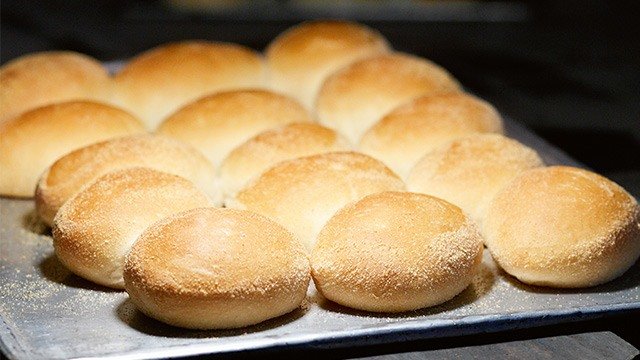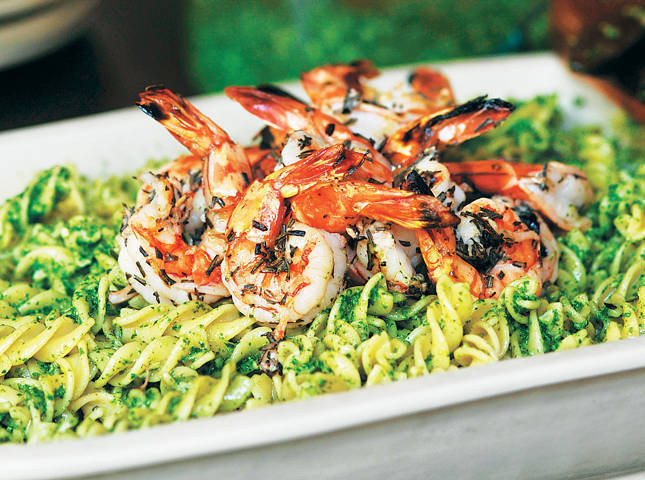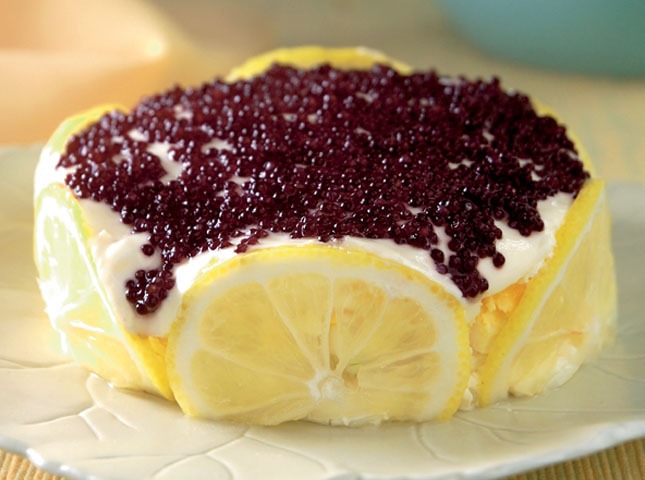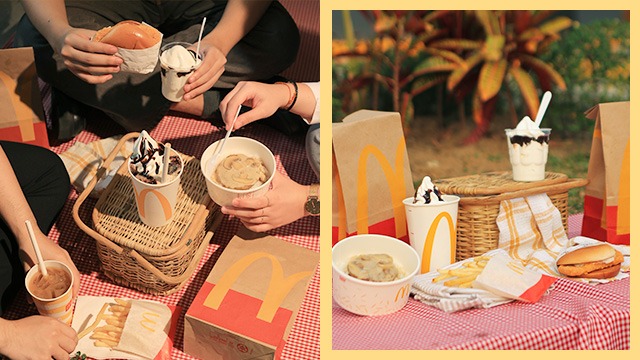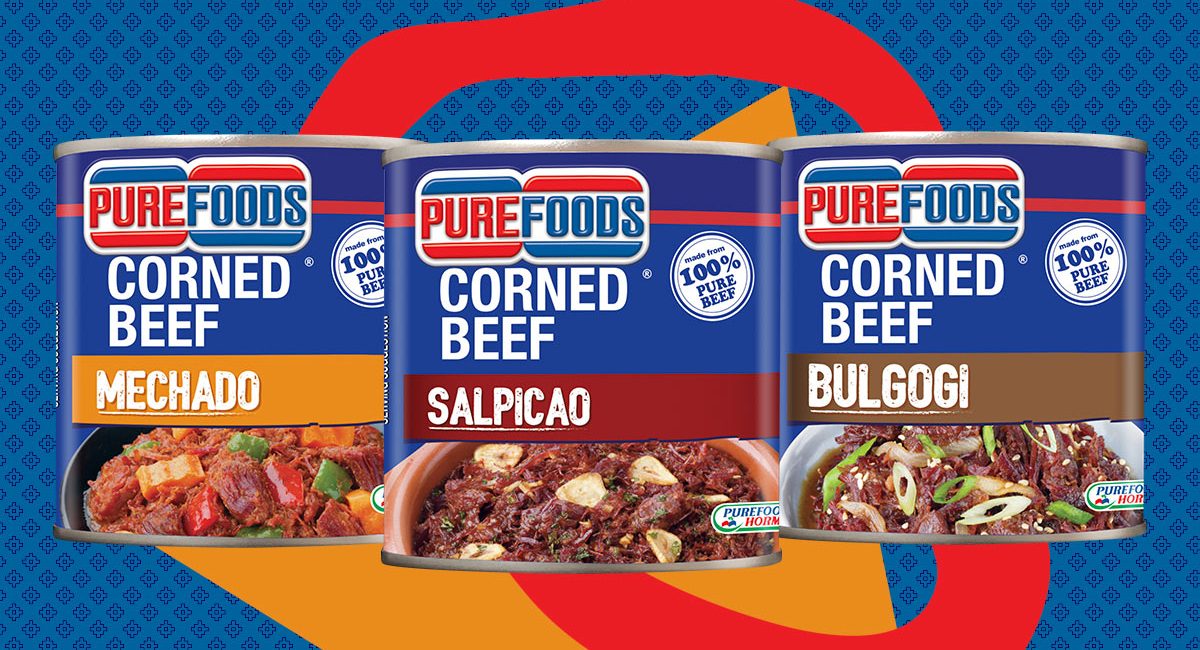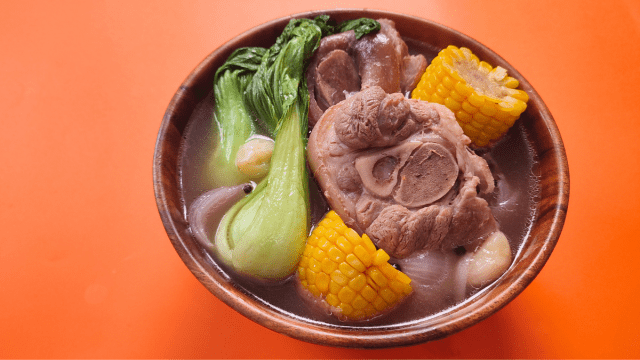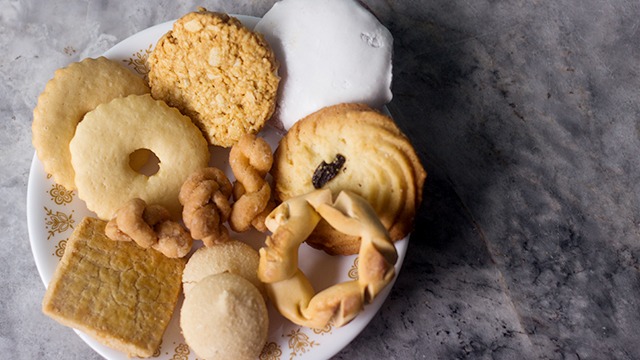
Rosquillos, barquillos, camachile—have you tried any of these Filipino biscuits?
Most of these Filipino biscuits originate from the Spanish colonial period, which explains why a lot of them are inspired heavily by their Spanish counterparts. But the Pinoy versions are made with ingredients that are available locally:

Rosquillos
These are made from flour, eggs, sugar, shortening, and baking soda. Rosquillos are named such after the Spanish word rosca that means “ringlet” and it was believed to be coined by former Philippine President Sergio Osmeña Sr. The cookies that have scalloped edges were first created by Margarita “Titay” D. Frasco in Liloan, Cebu in 1907. She also founded Titay’s Liloan Rosquillos and Delicacies.

Camachile
These cookies are shaped just like the fruit they are named after. These are made with flour, eggs, sugar, salt, margarine, baking powder, and baking soda. And no, they’re not made with tamarind. They just look like it! They’re usually paired with Pancit Malabon to cut the richness of the sauce.

Paciencia
These are also known as Philippine meringue cookies. They’re light and snap at first bite. The coin-sized biscuits are made with beaten egg whites, flour, and calamansi. The name comes from the Spanish word for patience and they used to be given away during Christmas as holiday gifts, but these are available all-year-round.

Paborita
These round, flaky biscuits are made with wheat flour, skim milk, sugar, salt, baking powder, alum, and cooking oil. The taste is similar to Galletas, but the texture is different. Who knows why they’re called such, but maybe once you finish your pack in one sitting, you’ll understand why this is a favorite.
Recommended Videos
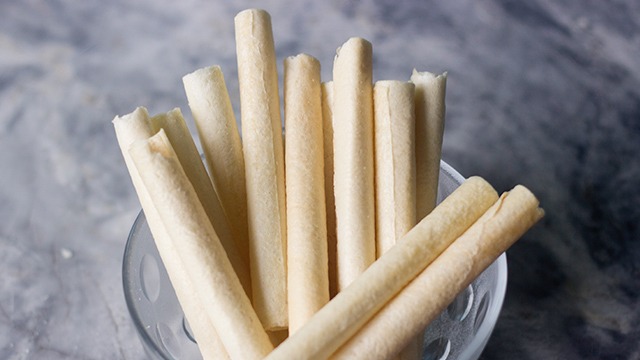
Barquillos
These wafer-thin cylindrical biscuits are light and made with flour, egg whites, sugar, and butter. Derived from the Spanish barquillo (which is named such because of the boat-shaped molds they are cooked in), the Filipino version is much thinner and longer than its Spanish counterpart. A variation of the biscuit called barquiron is filled with polvoron and crushed nuts such as pili or kasuy. Renowned home of Ilonggo delicacies De Ocampo’s has been making barquillos since 1898.

Galletas de patatas
The square-shaped biscuits are called such because of the browned upturned edges that resemble a potato. But these egg crackers get their shiny exterior from an egg white glaze brushed on before baking. These are also known as “tenga ng daga” because of their shape.

Puto seko
White, crumbly, and powdery cookies that are made from glutinous rice, cornstarch, sugar, salt, butter, and eggs. The name literally means dry (seco in Spanish) rice cakes (puto in Filipino). The dough is baked until it becomes dry and brittle.

Uraro
Traditionally, these biscuits are made by first harvesting arrowroot, which is then washed and crushed. The liquid that is extracted goes through a second process, where the liquid separates from the starch. The starch is then kneaded to remove more liquid. With a muslin cloth, the starch is further sieved to finally produce the arrowroot flour. The entire process can take a whole day. Once the flour is ready, it’s mixed with lard, duck egg yolks, sugar, and milk before being baked in a pugon. These days, uraro is made with arrowroot flour (sometimes substituted with tapioca flour or rice flour), sugar, milk, butter or margarine, and eggs. Uraro made with arrowroot will always taste superior to other versions.
Which one is your favorite?
ALSO READ:

